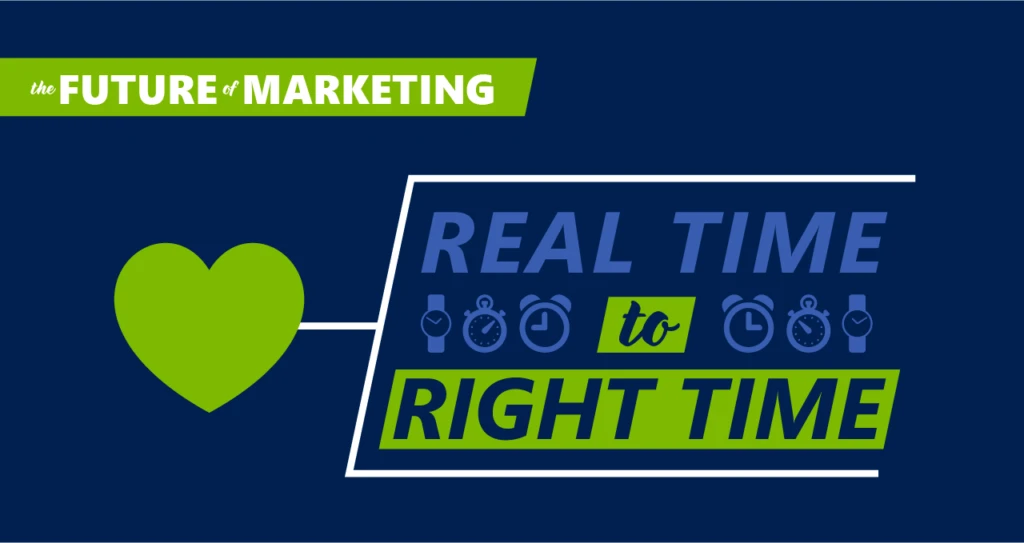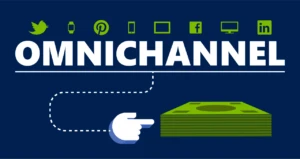
Moving From Real Time to Right Time: How Marketing History Led to Mass Personalization at Scale
Picture yourself on a summer road trip. After a few hours, a notification pops up on the heads-up display indicating that you’re low on gas. Before you even make a request, your GPS immediately plots a course for a nearby gas station—the vendor you use most regularly and for which you have a rewards card—and asks if you’d like to go there.
When you arrive, you receive a coupon on your phone for a discounted soda and a bag of those chips you always buy in the market back home. Before heading back on the road, you tweet that your car and your phone knew you were thirsty before you did. It sounds like the future, and although our devices and systems aren’t there yet, we’re actually quite close.
Predictive marketing
This sort of intention-driven, contextually relevant, predictive system is exactly what the marketing industry needs to embrace, according to Ray Wang, founder and chairman of Constellation Research. Over the last century, we’ve shifted from analog systems to automation-driven efficiencies, and mass personalization at scale is the next wave.
In the old transactional world, communications hit their targets, at best, just in time. They lacked personalization and were simply a broadcast from one to many. They focused on a single transaction and weren’t able to address the fostering of relationships between company and consumer. By the early 2000s, technology allowed for a transition to engagement systems—software that can sense and respond appropriately, carrying out a conversation. Engagement systems focus on speed, operating in real time, and over the last decade or so they’ve become more and more contextually relevant through the use of smart rules.
The rules of experience
Experiential systems are different. They use all the bits of information users put out into the world—demographic data along with relationships, purchase history, location, the time of day you’re choosing to interact, and so on—to really nail contextual delivery. “It’s targeting not just for targeting’s sake,” says Wang in a recent webinar titled Delivering on Continuity—The Future of Marketing. “It’s targeting so that we can be relevant, so that people will be more likely to connect or open up or participate or engage. So we move from real time to right time.” Instead of a stream of information, you’re served only the information you need.
These experiential systems are driving what is the real cutting edge of marketing technology: mass personalization at scale. In this new paradigm, we are no longer reliant on what customers say they want—their behavior tells us better than they can themselves. With the wealth of data provided by users, the increasing prevalence of digital devices, the burgeoning Internet of Things, and society’s increasing comfort with tracking sensors, the fractured connections in our digital network will soon be mended.
The true scale of mass personalization
Using a mass personalized system, marketers can anticipate outcomes and accurately predict how to capture your attention—just yours. In this model, we’re able to build for customer segments of one by the thousands. And we can do it faster and more naturally than we ever dreamed would be possible.
To learn more about sensing and responding to customers in the digital age, watch Ray Wang’s entire webinar on demand.
Watch Ray’s webinar now
Click here


